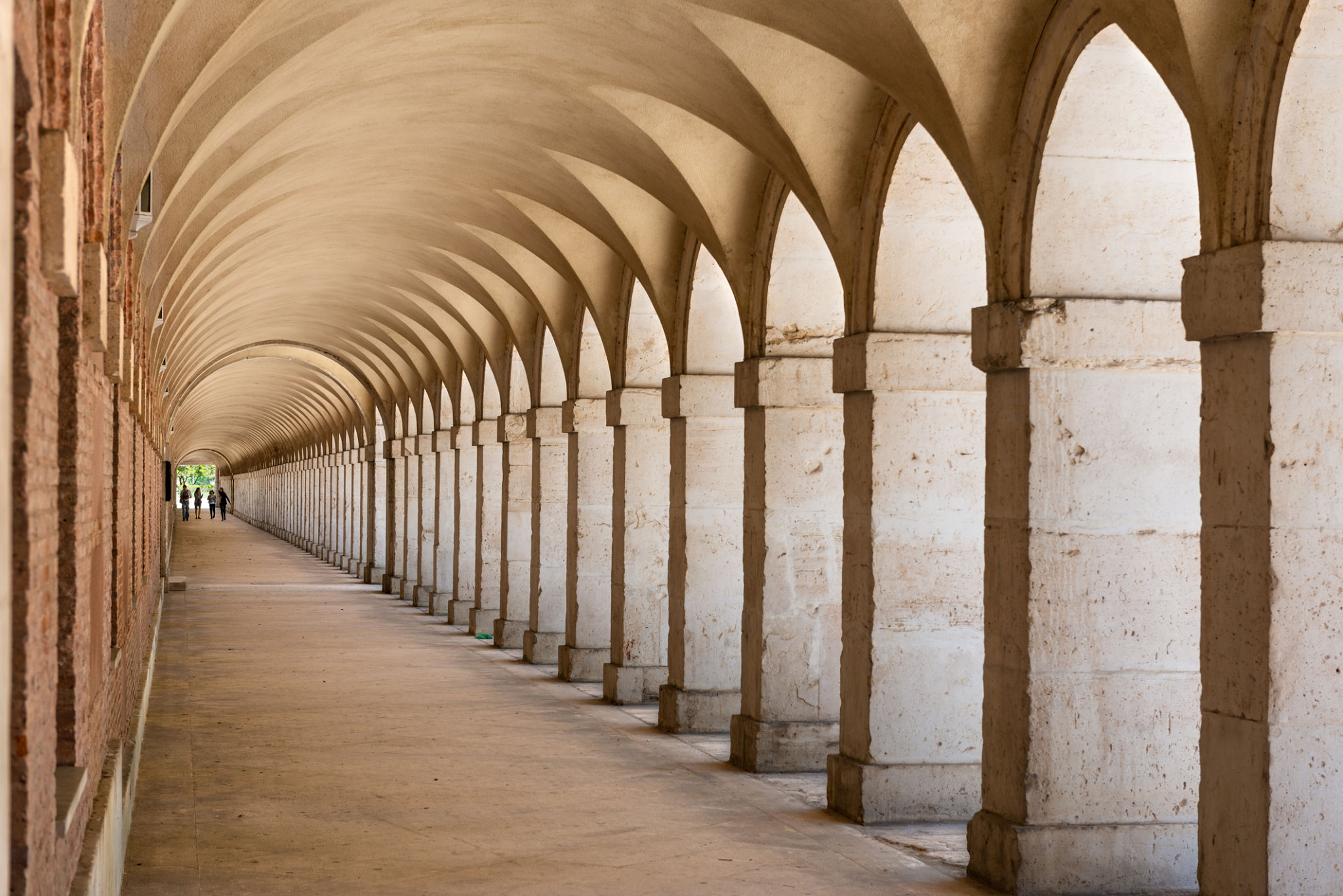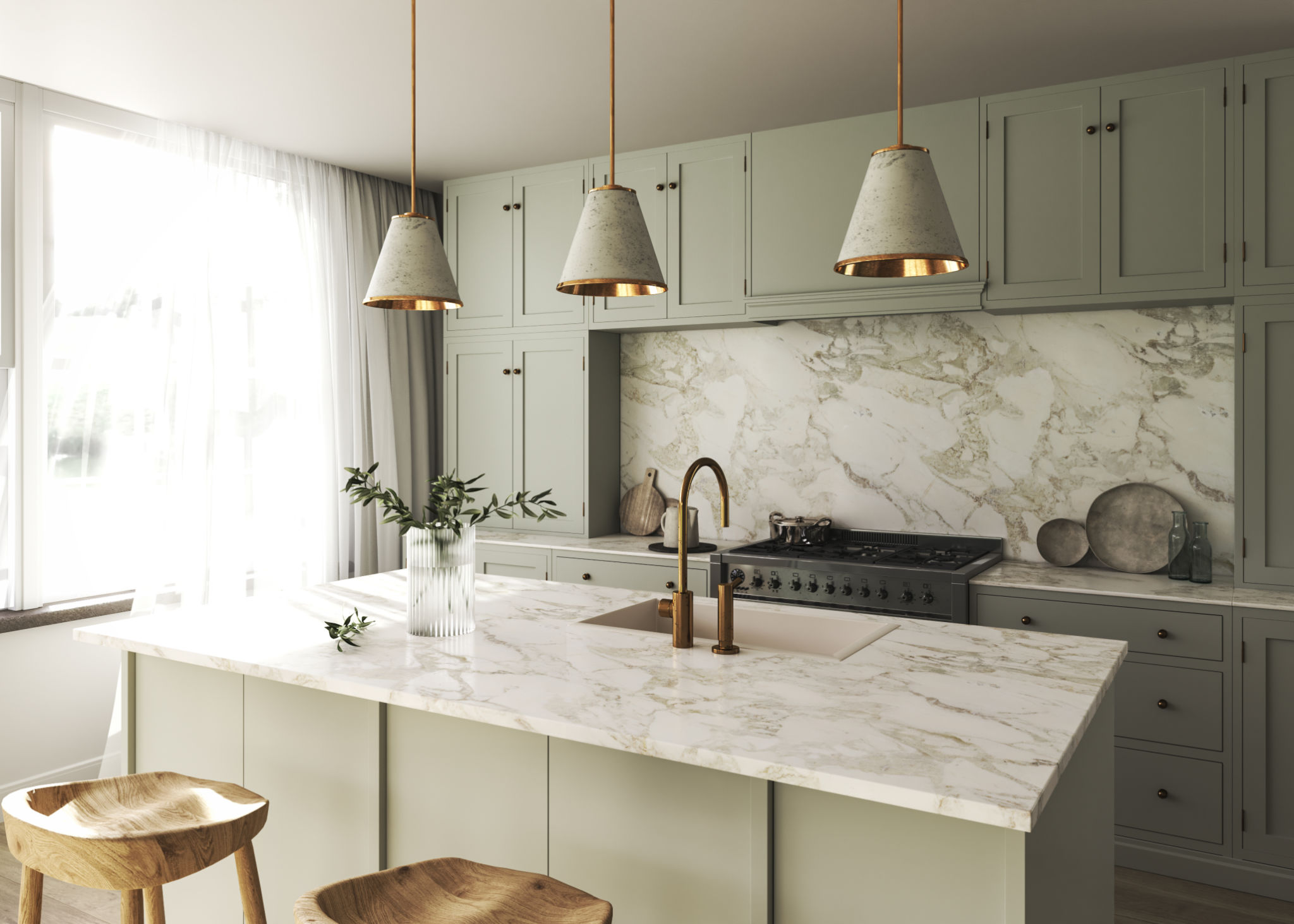Sustainable Building with Natural Stone: The Eco-Friendly Choice of Taj Mahal Quartzite
The Beauty and Durability of Natural Stone
Natural stone has been a preferred building material for centuries, celebrated for its beauty, durability, and the unique character it brings to architectural designs. Among the many types of natural stone, Taj Mahal Quartzite stands out as an exceptional choice for sustainable building. It combines the aesthetic appeal of marble with the strength and durability of granite, making it a perfect addition to eco-friendly construction projects.
One of the defining characteristics of Taj Mahal Quartzite is its stunning appearance. The stone features a soft white background with subtle gold and grey veining, reminiscent of the grandeur of the iconic Taj Mahal. This elegant look makes it a favored choice for countertops, flooring, and wall cladding in both residential and commercial spaces.

Eco-Friendly Attributes of Taj Mahal Quartzite
Incorporating natural stone like Taj Mahal Quartzite into your building projects contributes to sustainability in several ways. First, natural stone is a non-toxic material that doesn't emit harmful chemicals into the environment. This is crucial for maintaining high indoor air quality, especially in spaces where people spend significant amounts of time.
Additionally, the durability of Taj Mahal Quartzite means that it withstands wear and tear much better than synthetic materials. This longevity reduces the need for frequent replacement, thereby minimizing waste and resource consumption over time. By choosing such a resilient material, builders and homeowners can make a positive environmental impact.

Local Sourcing and Reduced Carbon Footprint
Another significant benefit of using natural stone is the potential for local sourcing. Many regions have quarries nearby, which can significantly reduce the carbon footprint associated with transportation. By opting for locally sourced Taj Mahal Quartzite, builders can support local economies while also cutting down on emissions linked to long-distance shipping.
Moreover, the extraction process of natural stone has a lower environmental impact compared to the production of synthetic materials. Quarries are often managed sustainably, with efforts to restore landscapes post-extraction and reuse by-products in other industries.
Design Versatility and Timeless Appeal
Taj Mahal Quartzite offers incredible versatility in design, accommodating various aesthetics from modern to classic. Its neutral tones blend seamlessly with any color palette, allowing architects and designers to create cohesive and visually appealing spaces.

Furthermore, the timeless appeal of natural stone means that it doesn’t quickly go out of style. This long-lasting trendiness ensures that spaces retain their attractiveness for years to come, further reducing the need for frequent renovations or updates.
Conclusion: A Sustainable Choice for Future Projects
Choosing Taj Mahal Quartzite for building projects is not just a decision based on aesthetics but also an environmentally responsible choice. Its durability, local sourcing potential, and non-toxic nature make it an ideal material for those looking to minimize their environmental impact.
Incorporating this beautiful natural stone into your designs ensures that you are contributing to a more sustainable future while enjoying the unmatched elegance it brings to any space. When planning your next project, consider Taj Mahal Quartzite as a cornerstone of both style and sustainability.